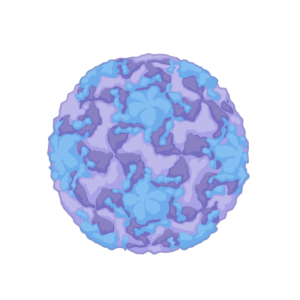There are two main ways in which protease inhibitors inhibit enzyme activity:
Competitive inhibition: Protease inhibitors bind to proteases, competitively occupying the active site of the protease, thereby preventing the substrate (i.e. the substance that the protease acts on) from binding to the protease, thereby inhibiting enzyme activity. This inhibition method prevents the substrate from binding to the protease, thus preventing normal enzymatic reactions.
Non competitive inhibition: Protease inhibitors bind to other sites of the protease, altering the conformation of the enzyme, preventing substrate binding or causing significant changes in enzyme activity, thereby inhibiting enzyme activity. This method does not directly target the active site, but by changing the structure and function of the enzyme, it can also achieve the effect of inhibiting enzyme activity.
In practical applications, protease inhibitors such as leucosin, antinocin, and chymotrypsin can respectively inhibit the activity of various proteases such as trypsin, papain, and chymotrypsin. These inhibitors can bind to some functional groups on the molecular active centers of proteases, causing a decrease or even disappearance of protease activity, but not causing denaturation of enzyme proteins.
Please note that the use of protease inhibitors requires guidance from a doctor to ensure the safety and effectiveness of medication.
Share on:
Facebook
Twitter
Pinterest
WhatsApp
Recent posts
We recommend


